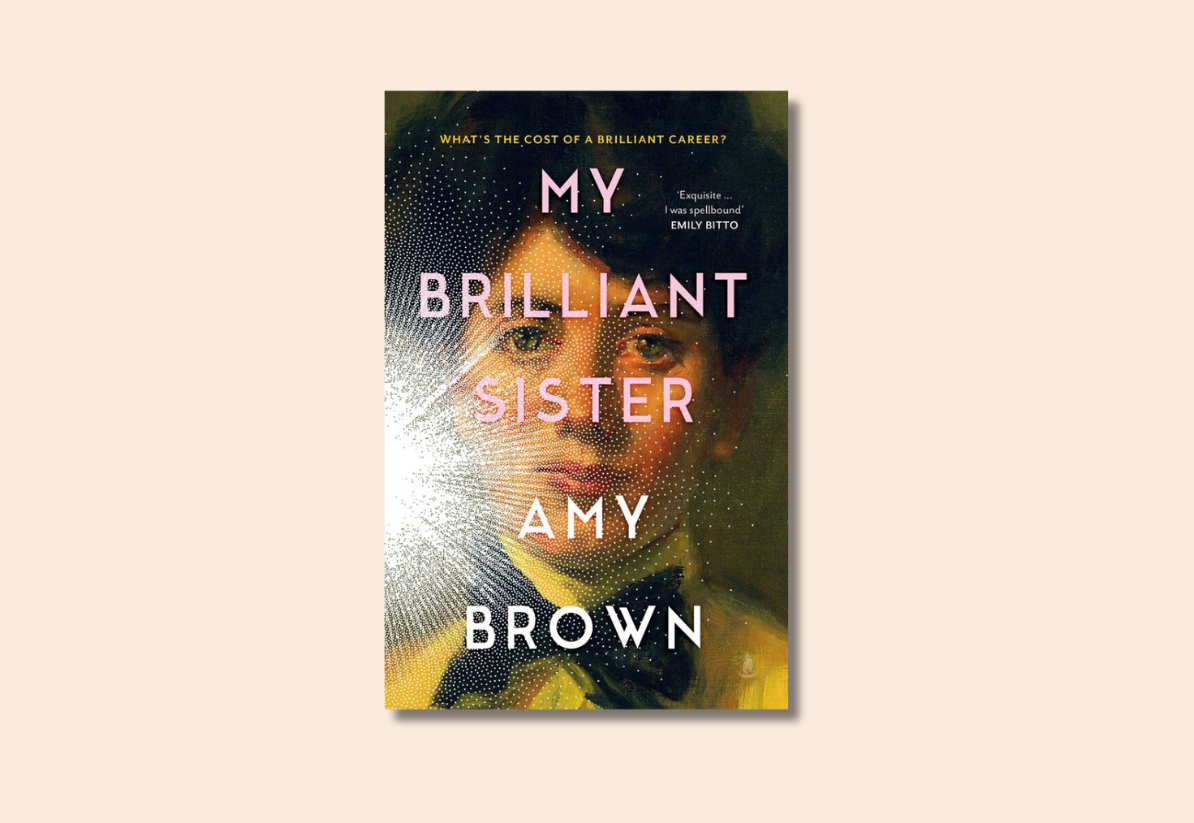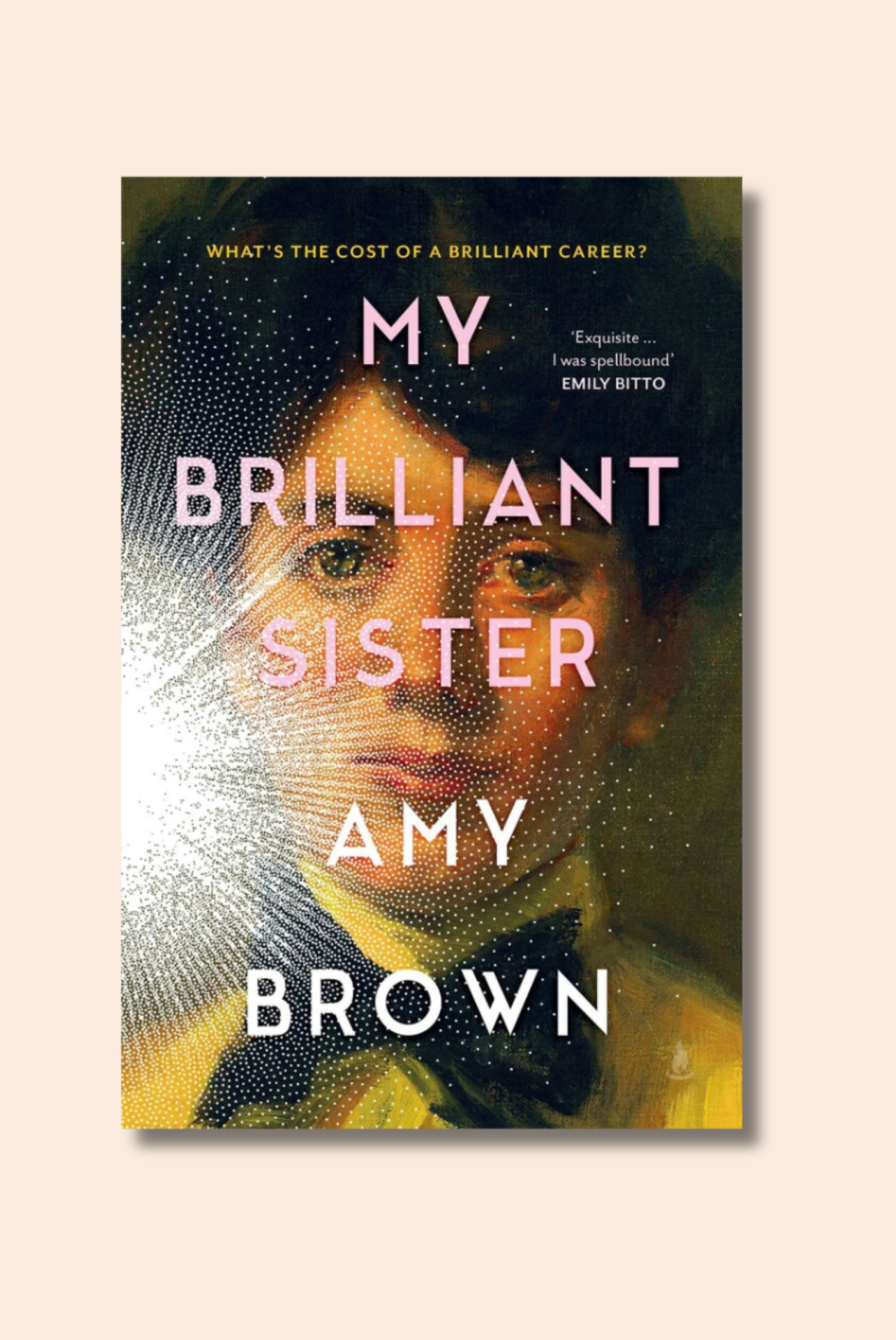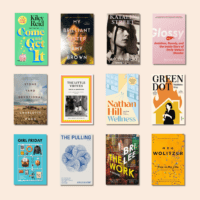An interesting thing happened while I was reading Amy Brown’s debut novel. Whereas normally I subconsciously create a house for the book’s characters to live in based on descriptions and readerly intuition (these guys would totally be mid-century enthusiasts and have a veggie garden etc), I instead plonked Brown’s characters in the heart of my own home.
There was her protagonist building lego castles with her child on my rug. And her husband, sneaking off to my desk to work on his novel before the dishes were done and the bedtime routine completed.
In other words, Brown has written her female characters with such precision and intimacy that I found myself conflating their thoughts and feelings, their stretched and tangled lives, with my own.
Brown has written her female characters with such precision and intimacy that I found myself conflating their thoughts and feelings with my own
There are three women at the centre of My Brilliant Sister, all of them reconciling with womanhood and the impact it has on their creativity and sense of success. Each of these female characters form a section of the novel to create a triptych of sorts: an inventive and interconnected study of female ambition, discontentment, art, career, compromise, motherhood, sisterhood, the choices women make and the choices that are made for them.
The first section belongs to Ida. In her late thirties and married to a man who seems to participate in family life only when it suits him or he is told to, Ida has taken on the care of their four-year-old and the lion’s share of the household duties by default. Originally from New Zealand, she has made adjustments to her career in academia so that her husband can take up a job at a Melbourne University to pursue his own academic career. Confoundingly, the decision to leave was made solely by her husband.
In between teaching high school students, domesticity and worrying whether a quiet, part-time career can ever still be considered a ‘good’ career, Ida is trying to write again. Is it any wonder that she dreams her husband has an affair with Rachel Cusk?

The second section is told from the perspective of Linda, who is the sister of pioneering Australian author Stella Miles Franklin. Linda is the inverse of her beloved sister: quiet, contained, passive, and constantly told how delicate she is. And yet, maybe she was creative, too. In this reimagining, Brown rescues Linda and allows her to write. In this way, this second section of the novel also contains a novella written by Linda. If at times this felt too ambitious and uneven, Linda’s compelling voice and descriptions of her family’s daily life won me over. Referring to her brothers:
“It was a habit I noticed Norman and Mervyn were acquiring – the delay between a question from their mother, or sister or wife, and their reply, during which I’d wonder whether they’d heard, or not, whether our voices sometimes came out at a frequency beyond the ears of men and boys.”
The third section of My Brilliant Sister returns to the modern day, this time set in New Zealand and featuring another Stella – a world-famous musician who has made significant personal sacrifices to achieve her creative success. The pandemic has forced Stella home to the small beach town she grew up in. It’s here, in the solitude of a quiet beach house, that she grapples with the cost that her artistry has exacted.
Looming large over all three stories is Stella Miles Franklin herself, who lived an expansive life defined by art, freedom and a disregard for patriarchy
Looming large over all three stories is Stella Miles Franklin herself, who lived an expansive life defined by art, freedom and a disregard for patriarchy. The author’s first known literary work was a verse named Man’s a Fool, written when she was eight. A pioneering feminist and literary heavyweight in the making indeed.
The joy of reading this poetic and political book owes much to the myriad ways in which the three women are positioned in relation to Stella Franklin. All are living seemingly disparate lives and yet all are contemplating similar questions about women’s voices, the compromises that are required to find meaning in work and motherhood, and what defines a brilliant life.
Reading My Brilliant Sister felt like a private conversation I was having with myself and the one I’ve had with every woman I know many times over (in this way it would make a great book club selection). And while many of the questions Brown asks are indeed irresolvable, I couldn’t help but feel like I had arrived somewhere different to where I started. Somewhere more honest and beautiful. At the very least, I felt understood.
Want more stories like this? Sign up to PRIMER’s weekly newsletter.













No Comments